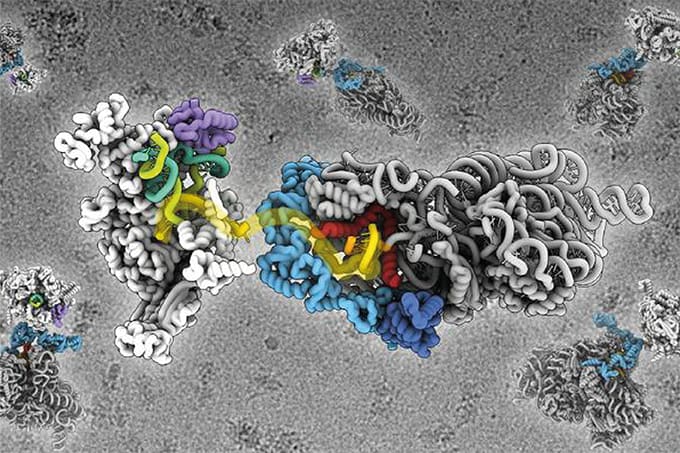Beating back bacteria. With the threat of antibiotic-resistant bacteria growing, researchers from the University of Agriculture and the University of Education in Faisalabad, both in Pakistan, developed a surface-enhanced Raman spectroscopy (SERS) method to identify and characterize colistin-resistant and susceptible Escherichia coli strains. Comparing spectral features from three susceptible strains with those of three resistant strains, the researchers were able to distinguish between the two with 100 percent specificity, 99.8 percent sensitivity, and 100 percent accuracy. The authors concluded that SERS, alongside multivariate data analysis techniques, is highly suitable for the identification and discrimination of colistin-resistant strains in a reliable, fast, and cost-effective manner.
First-of-its-kind Biofinder? Researchers from the University of Hawaii at Manoa recently developed a highly-sensitive “Biofinder” tool to detect organic fluorescence signals. Using biofluorescence imaging, they were able to accurately detect bio-residue in fish fossils from the 34–56-million-year-old Green River formation. The authors corroborated these results with Raman and attenuated total reflection Fourier-transform infrared spectroscopies, scanning electron microscopy, energy dispersive X-ray spectroscopy, and fluorescence lifetime imaging microscopy. Results confirmed once more that biological residues can survive millions of years and that using biofluorescence imaging can efficiently detect these traces now. The authors hope that this technology may aid NASA’s “search for life”, one the major goals of NASA’s planetary exploration missions.
SERS unmasking high-risk biomarkers. Researchers from China’s Hefei Institute of Physical Science have developed novel highly sensitive biosensors based on SERS technology that can detect PD-L1 biomarkers to help monitor tumor growth in cancer patients. These aptasensors, according to the paper, measure PD-L1 on circulating malignant exosomes “by making it ‘sandwich’ between CD63 targeting magnetic probes and PD-L1 targeting SERS tags.” In the mouse model, this technique also demonstrated much higher sensitivity than the standard ELISA method. Overall, this SERS-aptasensor revealed itself as a versatile and ultrasensitive tool that could be useful for monitoring patient health as they undergo PD-1/PD-L1 immunotherapy.
Bruker launches novel NMR test for molecular phenomics research on “long COVID” patients’ blood samples for multi-organ risk assessment. Link
New NIR spectroscopy algorithm suitable for high-throughput identification of crop varieties’ authenticity could potentially improve crop breeding efficiency. Link
SERS chip-based analysis method demonstrates fast, reliable sensing of trace THC and cannabinol – two active cannabis compounds. Link
Japan Aerospace Exploration Agency, NASA, and European Space Agency collaborate to investigate the X-ray universe using high-resolution imaging and spectroscopy. Link
Applications open for the Association of British Spectroscopists’ Edward Steers bursary aimed at promising early-career scientists using analytical spectroscopic techniques. Link
Using flame-sprayed nanoparticles, SERS-based nano-sensors rapidly detect pesticides in apples without damaging the fruit, hinting at SERS films’ potential in food safety. Link




